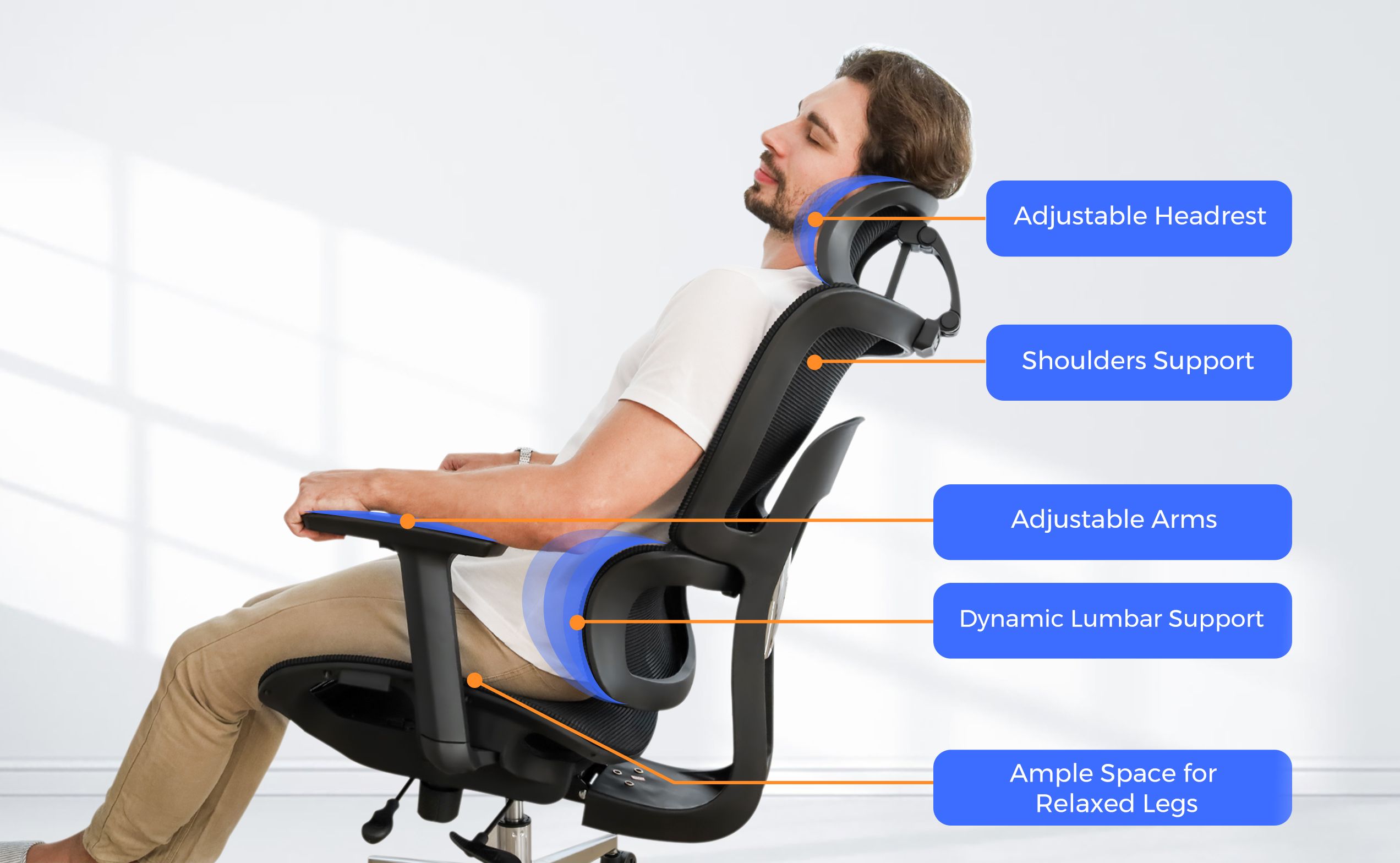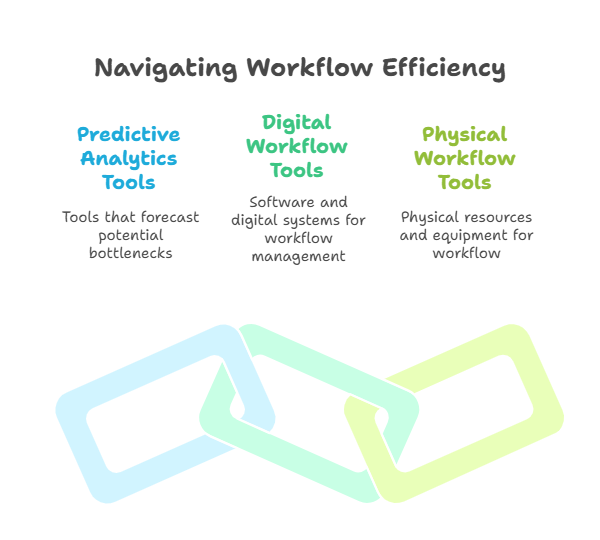Workflow bottlenecks don't have to catch you off guard anymore. Thanks to 2025’s cutting-edge predictive analytics tools, teams can predict, prevent, and fix workflow slowdowns with ease. This guide covers five game-changing predictive analytics tools, actionable workspace upgrade tips, and key FAQs to help you streamline projects, boost productivity, and keep momentum strong — no matter the size of your team.
Ever feel like your workflow tools hit random snags and you can't quite figure out why? 🤔
Maybe you're cranking through tasks one day, and the next, everything feels like it’s stuck in molasses. 🐢
Been there. That’s why I got obsessed with finding predictive analytics tools that could actually warn me before my team's projects hit a wall.
And guess what? 2025 is bringing serious upgrades to how we spot and fix these workflow bottlenecks before they even happen. 🚀
Today, I'm breaking down 5 predictive analytics tools that are seriously leveling up how we forecast and smooth out workflow tools issues.
(Plus, I’ll share a few extra workflow setup tips you might be missing.)
Let’s jump in. ⬇️
1. IBM Watson Studio – Best for Deep-Dive Predictive Analytics Tools
If you want to go big with predictive analytics tools, IBM Watson Studio is a heavy hitter for 2025.
It’s super powerful when it comes to crunching huge data sets and flagging early workflow bottlenecks you didn't even see coming.
Where it helps:
- Spotting patterns in project delays
- Predicting resource shortages
- Recommending faster routes through your workflow tools
Quick Tip:
Pair Watson Studio insights with better physical workflow tools.
This year, I switched to an adjustable desk electric, and it’s wild how much smoother my days go when I'm not shifting around in discomfort.

2. Sisense – The Workflow Tools Champion for Visual Thinkers
I’m a very visual person — sticky notes everywhere — so Sisense spoke my language right away.
Sisense helps you literally see where workflow bottlenecks are starting to jam up through colorful dashboards and predictive warnings.
Where it shines:
- Creating drag-and-drop reports
- Mapping workflow tools visually
- Setting "bottleneck watch zones" early
Pro Tip:
Don’t just smooth your digital flow — fix your desk flow too.
Adding a simple under desk board sped up my daily typing by 20% because I wasn’t hunched over anymore.

3. Tableau – Easy-to-Use Predictive Analytics Tool for Fast-Moving Teams
Tableau keeps winning because it stays simple while giving deep predictive analytics tools power.
Its new 2025 features track your project workflows in real time and throw up alerts when workflow bottlenecks are creeping up.
What makes it awesome:
- Simple setup
- Instant dashboard sharing
- Predictions based on your actual team behavior, not assumptions
Workspace Reminder:
If your team's workspace isn't built for flow, no amount of workflow tools will save you.
One of my teammates switched to a new office chair for big men and said his productivity shot up — because he wasn’t fidgeting every 20 minutes!

4. Alteryx – Best for Automation-Heavy Workflow Tools
Got complex setups with tons of steps?
Alteryx is a serious player when it comes to automating workflows and predicting where things will jam.
Why it’s awesome:
- Visual, easy-to-use workflow building
- Predictive triggers for workflow bottlenecks
- Connects with your favorite apps
Bonus:
Fix your workflow tools, and fix your body’s workflow too.
If you’re cramped into a chair that’s way too big, try the office chair for small spaces.
It made a bigger difference for my daily grind than I expected.
5. Microsoft Power BI – Budget-Friendly Predictive Analytics Tools for Bottleneck Prevention
Power BI gives you serious bang for your buck when it comes to predictive analytics tools in 2025.
It connects to tons of platforms and pulls insights fast, so you catch workflow bottlenecks before they paralyze your process.
Best features:
- Pulls data from dozens of sources
- Predictive models that make sense (even if you’re not super techy)
- Easy integration into your workflow tools
Pro Setup Tip:
While you're upgrading your digital workflows, upgrade your physical setup too.
Getting a height adjustable electric sit-stand desk was honestly the best thing I did for my energy levels last year.
FAQs About Predictive Analytics Tools and Workflow Bottlenecks
How do predictive analytics tools help workflow tools spot bottlenecks?
They use data to predict when tasks or steps are likely to slow down, so you can fix problems early instead of reacting late.
That’s critical if you’re serious about smoothing out your workflow tools.
What causes workflow bottlenecks most often?
Usually it’s overloaded teammates, unclear task ownership, or inefficient workflow tools.
Sometimes it’s literally poor workspace setups too — if your back’s aching, your work speed tanks.
Can small teams use predictive analytics tools?
Absolutely.
In 2025, predictive analytics tools are easy enough for solopreneurs and small agencies to use without needing a full IT department.
Start small and build as your workflow tools mature.
Are there physical fixes for workflow bottlenecks too?
Definitely.
If you’re uncomfortable at your desk, you're much more likely to slow down.
Simple fixes like a good chair or a sit-stand desk can clear physical workflow bottlenecks you didn’t even realize you had.
Final Take:
In 2025, there’s zero reason to let workflow bottlenecks surprise you.
The right predictive analytics tools can show you the road ahead — and the right workflow tools (both digital and physical) can keep you cruising without breakdowns.













































